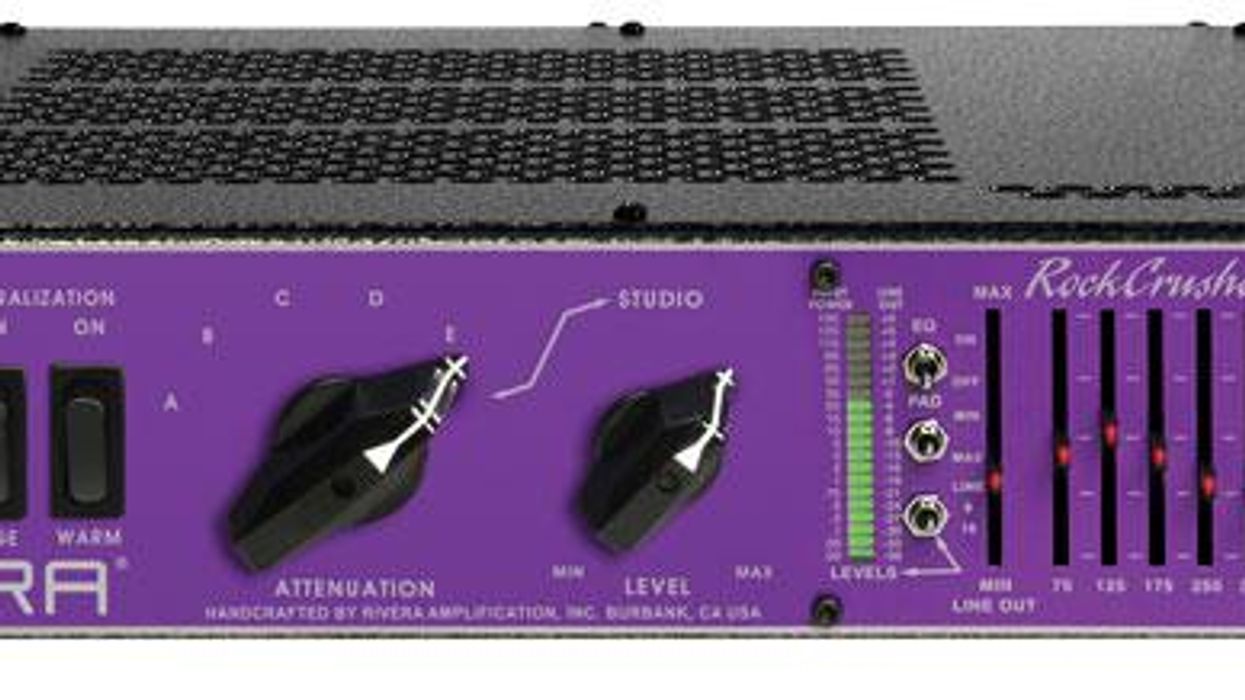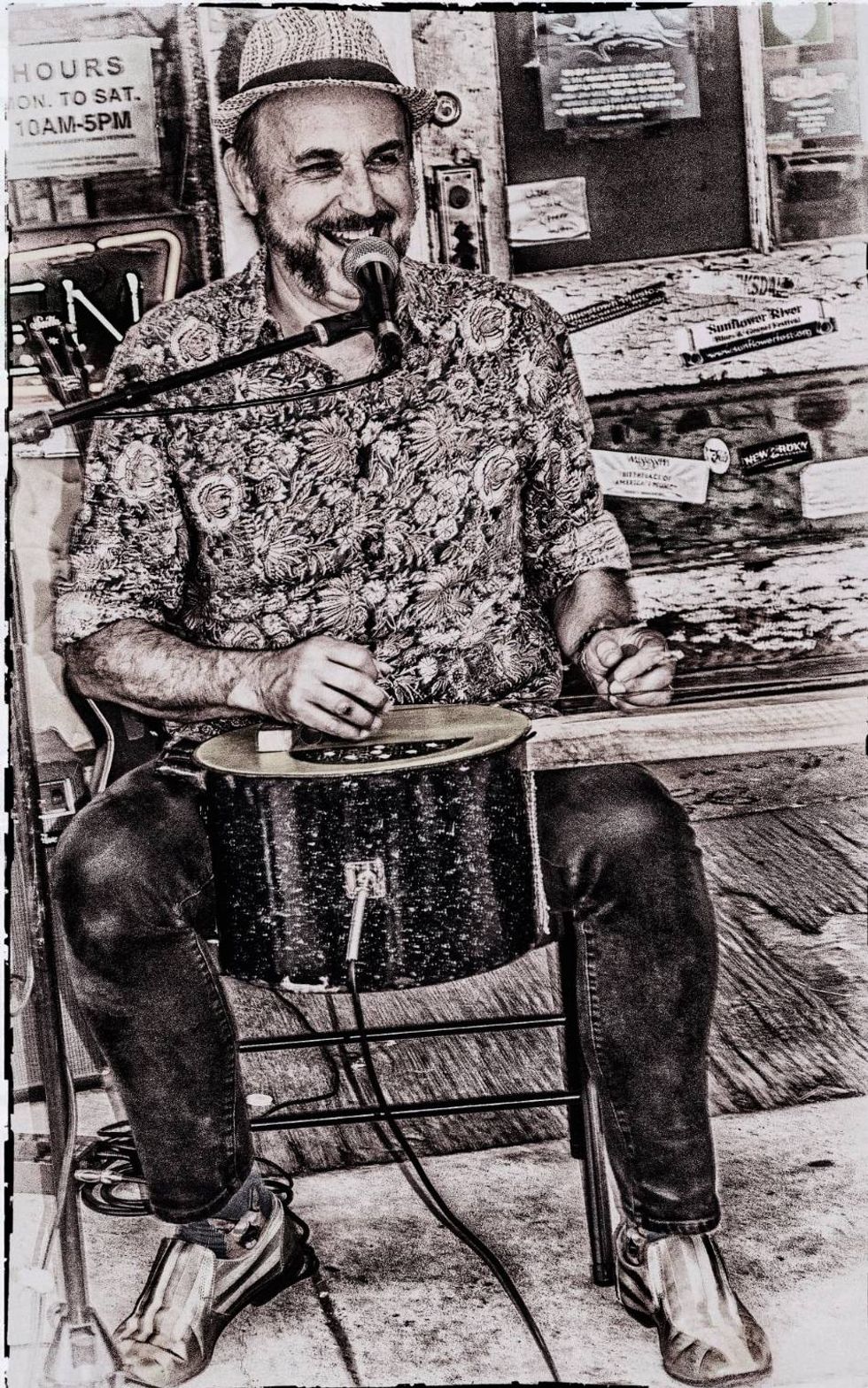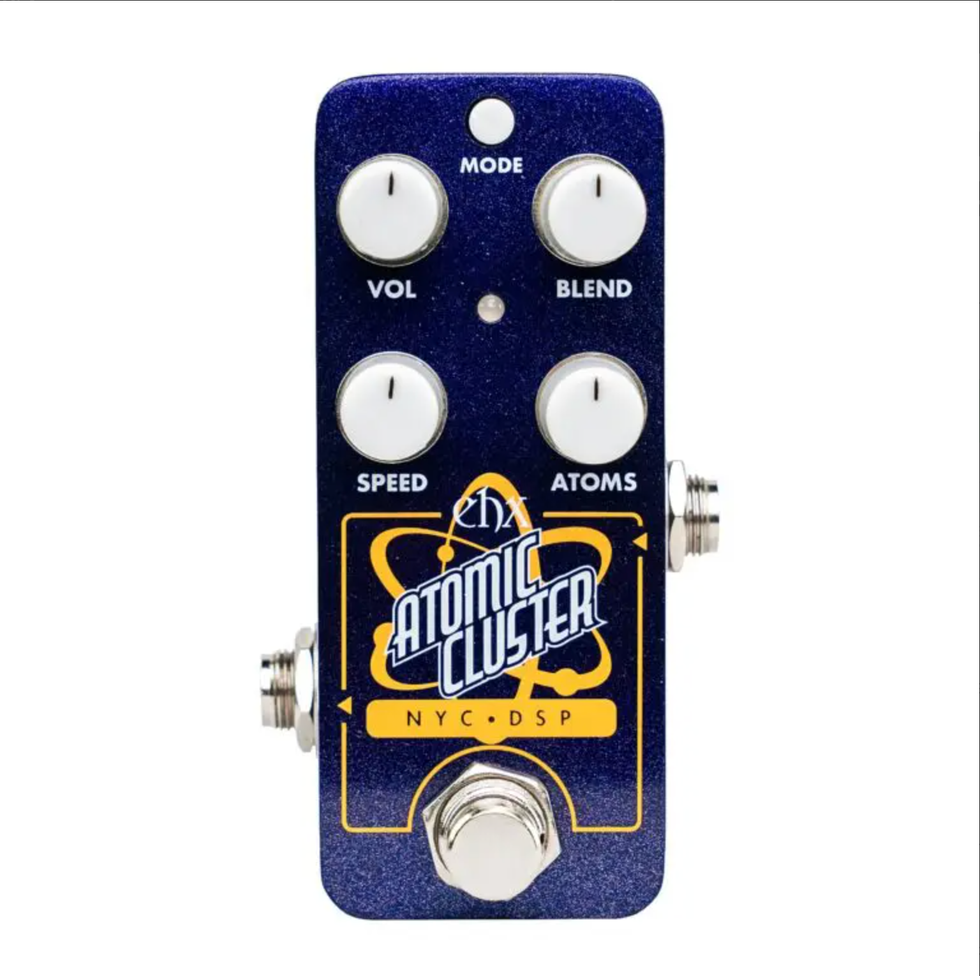So you've found your dream amp—kind of. It sounds like a million bucks when it's cranked to its sweet spot, but everyone always tells you to turn it down. And you really want to capture your amp's glorious tone when recording, but you don't want to invest in microphones and preamps, and you don't have an acoustically perfect space to track either. It's an old problem: Guitar amps can be unruly beasts, hard to tame and difficult to mic live and in the studio. Luckily for guitarists, there's a bevy of devices designed to control, capture, and sculpt the tone of any amp.
Load boxes. When using a tube amp, a speaker is usually connected. The speaker dissipates energy from the amp as sound. But what if you want to use your tube amp with no speaker(s) connected, perhaps for late-night silent recording or practice?
You must always have a load of some sort connected to your speaker-out jack, or you can severely damage the amp. This is where load boxes come in: They safely load your guitar amp and allow you to use it in numerous ways with no speakers. Examples of load boxes include the Suhr Reactive Load, Koch Dummybox Studio/PA, and the Two Notes Torpedo Live.
Think of a load box as the most basic form of attenuator, one that lowers your amp's output to line level. Also called “dummy loads," such devices let you take that line out into a computer-recording interface so you can capture and process your amp's sound.
Because guitar speakers are an important component of guitar tone, you usually want to add speaker simulation. Some load boxes have onboard speaker simulations, but if not, you can use an analog speaker simulator like the Palmer PDI09, or a software plug-in that hosts impulse responses. (Such impulse responses digitally mimic the sounds various speaker/microphone combinations.) There are large libraries of IRs on the market, and you can find many more free online. Good IRs sound startlingly close to the real miked cabs.
A load box can also send the loaded-down line-level amp signal to a second power amp, giving you total control over your tone and volume. Crank your amp to the sweet spot, knock it down to line level, add effects if desired, and then “reamp" the whole thing to any volume through a power amp and cab of your choice.
Reamp devices. Some devices let you load down an amp and then reamp it with a second power amp—all in one unit. The Bad Cat Unleash, Fryette Power Station, and Two Notes Torpedo Reload are all good examples. The Unleash and Torpedo Reload perform the reamp function via solid-state power amps, while the Fryette unit features 50 watts of all-tube power. All three units are designed for sonic purity and tonal integrity. But anytime you such introduce devices into your signal chain, tone and feel changes can occur, so try before you buy.
Attenuators. Attenuators passively reduce your amp's volume by absorbing some of the amp's output and passing the rest on to the speaker cabinet. Some attenuators also function as load boxes and feature a output that sends a line-level signal to a recording interface or another power amp for reamping. Examples include the THD Hotplate, the Jim Kelley Power Attenuator, and the Rivera RockCrusher. The RockCrusher load box/attenuator even has a sophisticated analog speaker-simulator with line out, and a graphic EQ to fine-tune the simulated speaker's tonal response.
Reactive versus resistive. When a speaker—let's say in an open-back 1x12 cab—is connected to a tube amp, it has a unique relationship with the amp. Think of it as a back-and-forth conversation between the amp and speaker/cab. Your particular amp, cab, speaker, and what you play influence this dialog. This is called the impedance curve, and it's a measurable variable. Take the same speaker and load it into a closed-back 4x12 cab, and that impedance curve changes. The amp reacts differently than it did with the 1x12. So multiple things affect the tone and feel: amp, cabinet, speakers, and impedance curve.
A reactive load or reactive attenuator lowers or completely loads down an amp's output while maintaining the impedance curve, making the amp feel, sound, and respond similarly to when it's connected directly to a cabinet. Resistive attenuators and loads eliminate that impedance curve. As a result, the tone and feel of the whole rig changes. Most players find that as attenuation increases on a resistive attenuator, the tone is affected, usually becoming more compressed and dark. Transparency is a big plus for me, so I'm a fan of reactive attenuators.
I hope I've helped clarify some of the uses for and differences between load boxes, attenuators, and reamp boxes. Until next month, I wish you good tone!






















